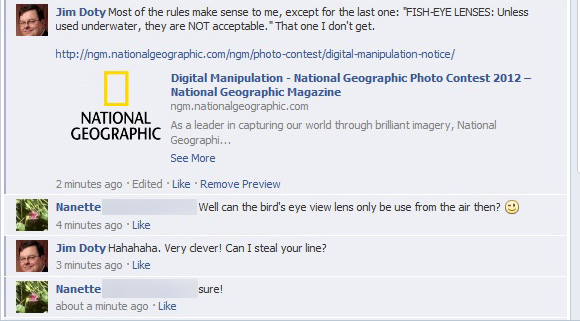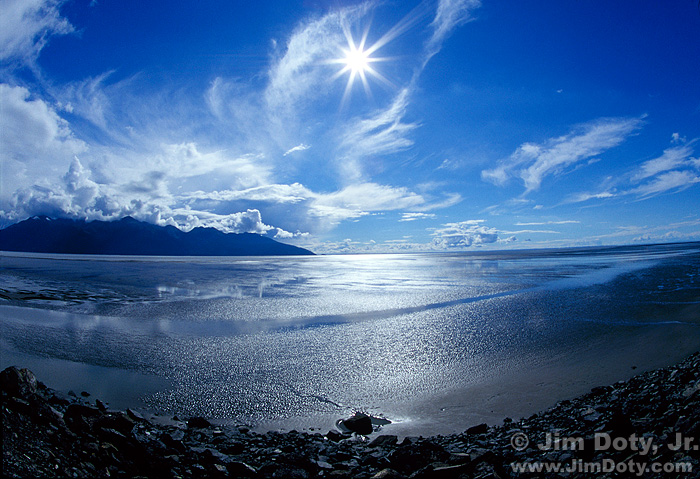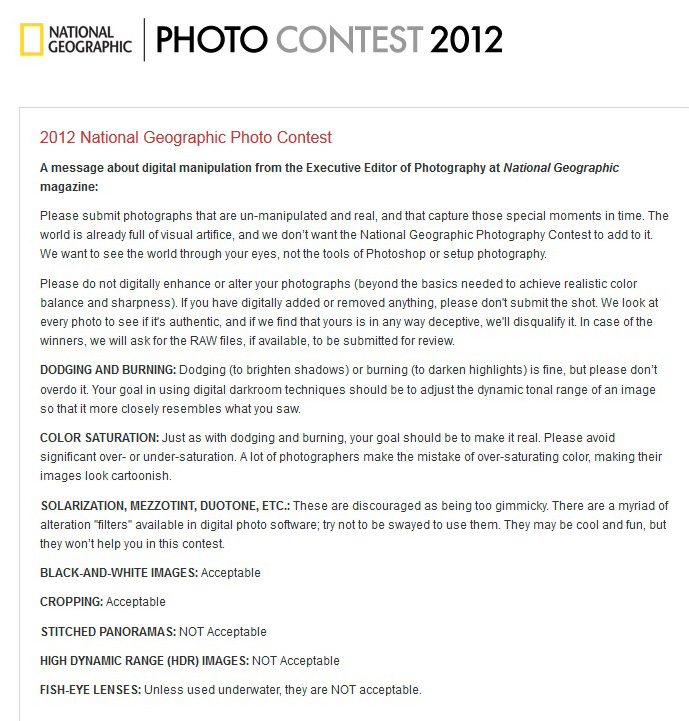If I had submitted this photo to the 2012 National Geographic photo contest it would have been disqualified. Why? It hasn’t been digitally altered in any way. And the “sunstar” isn’t the problem.
This is a digital scan of the original slide, just like it was created in the camera. What you see is exactly what I saw with my own eyes when I took the picture (except for the sunstar – more about that later). I didn’t digitally add or remove anything. I didn’t mess with the color. So what photographic sin (in the eyes of Nat Geo) did I commit? Here it is:
“FISH-EYE LENSES: Unless used underwater, they are NOT acceptable.”
I used a 15mm fish-eye lens. It is the one item in the NatGeo contest rules that makes no sense to me. All the other rules are fine (they are listed below). So what is the logic behind this rule? A fish-eye lens does bend straight lines that don’t run straight through the center of the photo. But so do other lenses, just not so obviously. Any really wide angle lens distorts things a bit, especially if they aren’t a true rectilinear lens. So why draw the line at a fish-eye lens? What about some zoom lenses with an extreme range that zoom from a more normal focal length to a fish-eye focal length? At what focal length is the line drawn? I don’t get it.
If it weren’t for another photographer violating one of the other rules, I wouldn’t even know about the fish-eye rule. And I would never knowingly send in a photo that violated one of the rules (and I haven’t submitted any photos to a NatGeo contest, at least not yet). But I must admit, this one rule surprised me. If you submit photos to a contest, it is important to read all of the rules.
NatGeo does allow fish-eye lenses to be used underwater. Do fishes have special privileges? As a friend of mine on Facebook so cleverly put it, “Well can the bird’s eye view lens only be use from the air then?”
 This isn’t about photographic art, of course, and I’m not against photographic manipulation in a non-journalistic context.
This isn’t about photographic art, of course, and I’m not against photographic manipulation in a non-journalistic context.
NatGeo, newspapers, and news magazines have rules so the reader knows that “what you see” in a photograph is true to reality. I’m all for that. But I don’t see how a photo with a fish-eye lens violates that principle.
NatGeo hasn’t always followed its own rules. On the February 1982 cover photo, they moved pyramids closer together to better fit the vertical format.
“Natural” Sunstars
If you are wondering about the presence of sunstar in the above photo, it wasn’t created with a star filter. It is a natural result of shooting a bright light source with a small lens aperture, like f/16 or f/22. It is created when the rays of light bend where the aperture blades meet. You can do it with streetlights at night by stopping the lens down to a small aperture.


